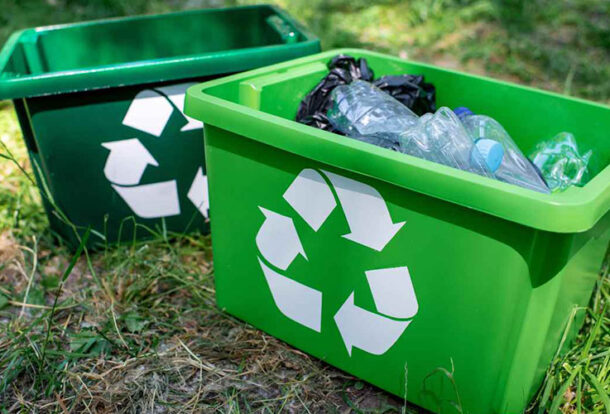Recycling is the need of the hour. Individuals and commercial set-ups can do it on different levels. This article aims at throwing light on the vast possibility of recycling materials in manufacturing and other industries using equipment like recycling balers.
7 Manufacturing Materials Ideal for Recycling
Following are the 7 manufacturing materials that must be recycled. Also, they are easy and economical to recycle.
-
Paper
Paper recycling is one of the most common and easy types of recycling. Also, it is one of the most critical recycling the world needs today, looking at the number of trees being cut every year for its manufacturing. Paper recycling also reduces carbon emissions and landfills.
You can put paper in recycling containers in the office. Small containers can also be kept for individual desks. To know what happens further, check out the entire procedure of paper recycling here. -
Aluminum
Aluminum tins, jars, and bottles get recycled separately. They are hammered and shredded after being separated. It is a non-magnetic metal like steel. Therefore aluminum recycling process is similar to steel.
95% less energy is used to make a can from recycled aluminum compared to manufacturing one with new aluminum. However, it is also used extensively to manufacture tractor-trailers and car bodies. Incredibly, aluminum doesn’t lose its quality with recycling, so it can be recycled indefinably. Read our article on Recycling Aluminum Cans & Aluminum Foil to know more.
-
Plastic
Plastic recycling is not as straightforward because of its different types. You can’t mix these different types of plastics. However, it is the most common type of recycling because it is lightweight and durable. Milk, detergent, buckets, and many other products can be made from plastic recycling.
-
Glass
Glass recycling is a complicated procedure. You can’t derive a lot of profit from it, and the companies manufacturing new products from recycled glass are very particular about their expectations. For instance, manufacturers strictly demand separate colored glass from clear glass during glass recycling.
Although there is one benefit glass is 100% recyclable. It doesn’t lose any of its properties or qualities after any number of glass recycling.
-
Cardboard
Cardboard recycling is inevitable as cardboard is widely used as a packaging material in every sector. There are two types of cardboard. One is the actual corrugated cardboard which has three layers. The other one is the paper board which doesn’t have those many layers.
Cardboard with food or other stains are considered contaminated and can’t be recycled.
-
Tires
Tire recycling is also known as rubber recycling because the rubber material of the tire is separated to manufacture different products. The tires which are damaged or torn beyond repair go for tire recycling. Dealers and mechanics submit their collected tires to transporters who bring the material to the processing unit to recycle it.
Tire recycling is a profitable venture as it generates essential products like fuel, crumb rubber, playground flooring, rubberized asphalt, and many more.
-
Wood
The lingering issues like climate change and deforestation can’t be resolved without wood recycling. A set process is not required to recycle wood. You can sell the wooden items, give them out, reuse them to make other items, or you can send them with trash pickup.
People aware of sustainability concerns prefer buying furniture and other wooden items made by recycling the wood. It is also known as reclaimed wood.



14 Comments
Comments are closed.